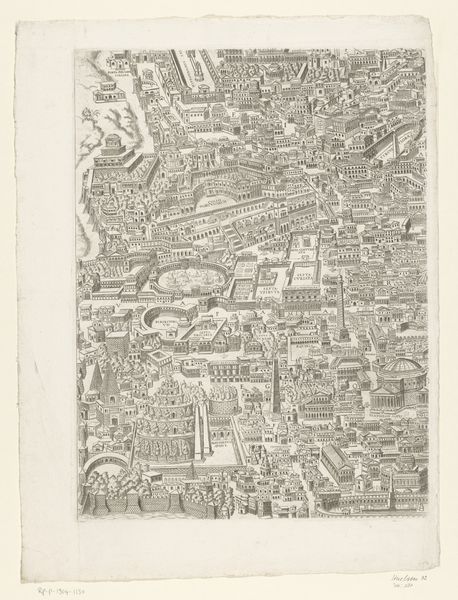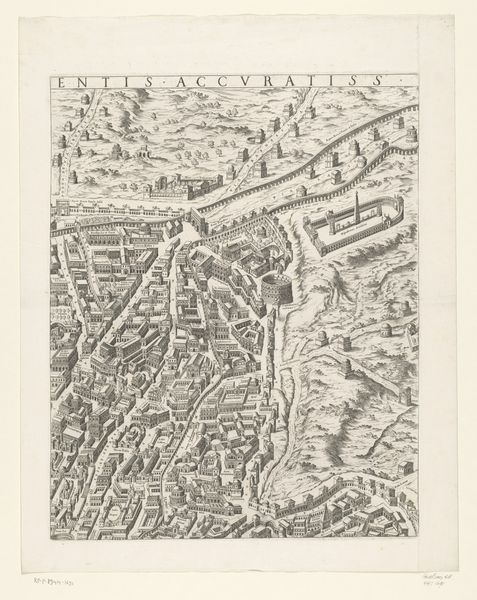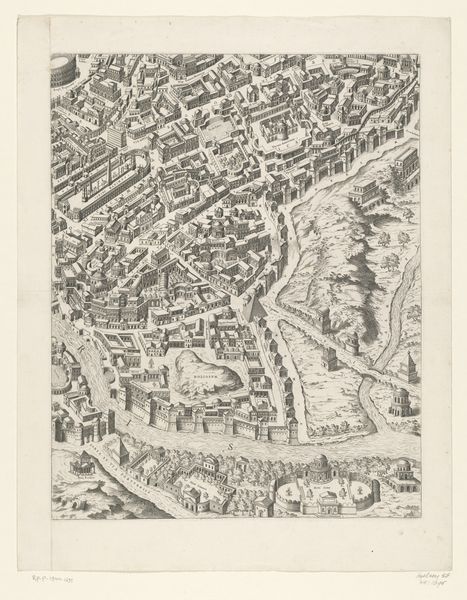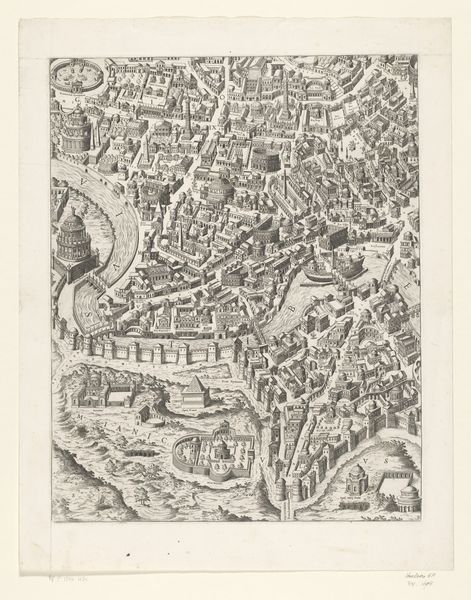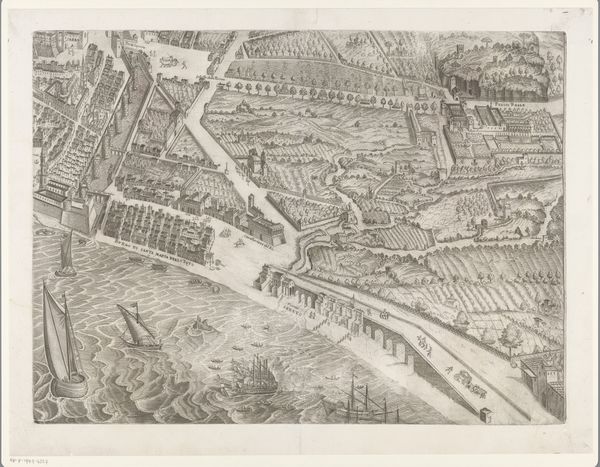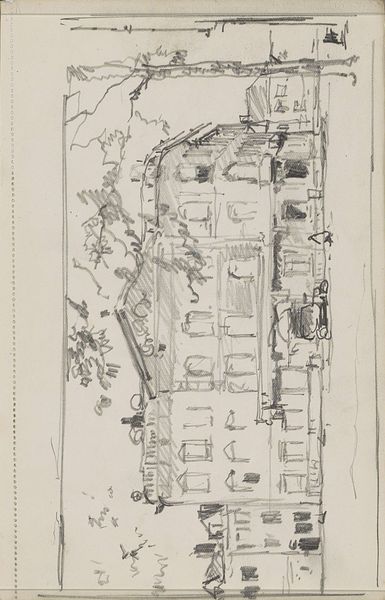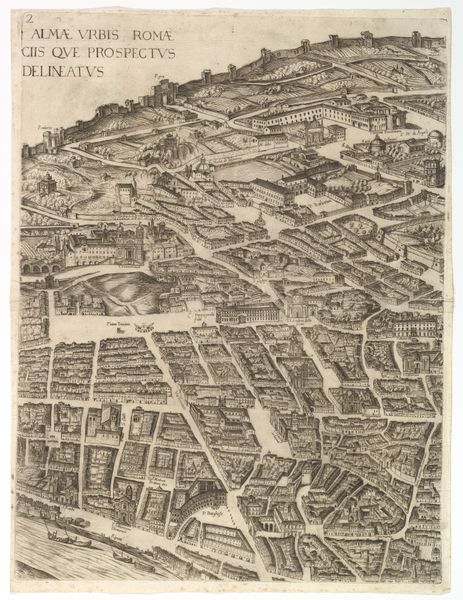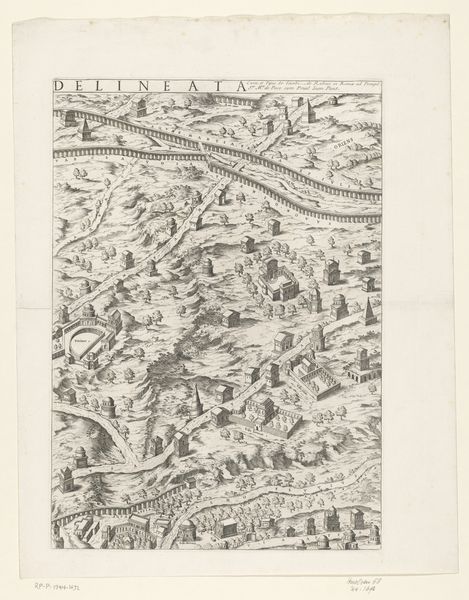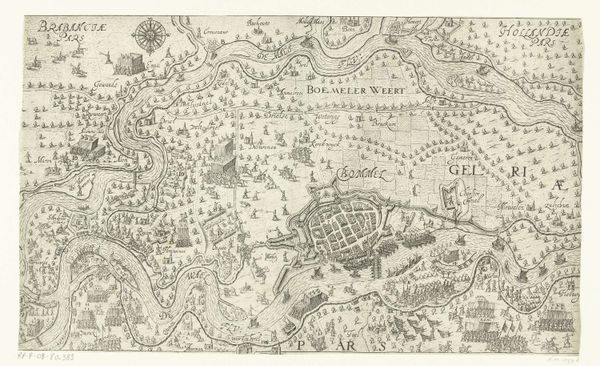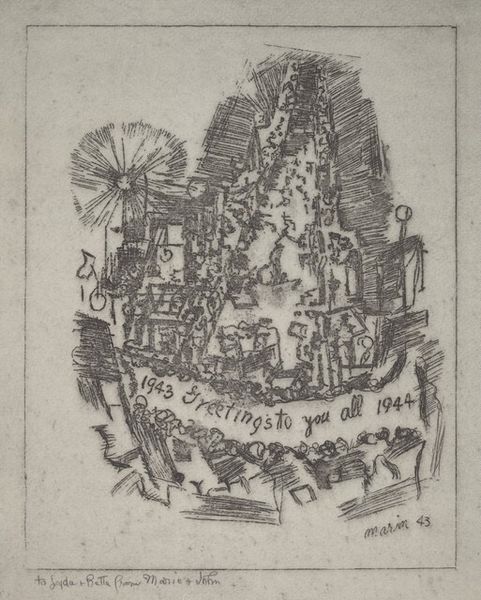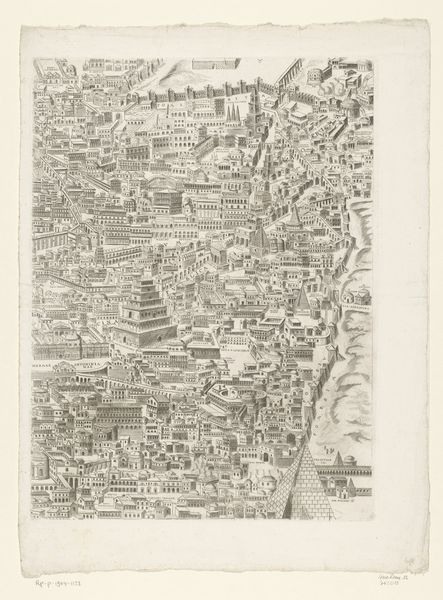
print, woodcut
# print
#
german-expressionism
#
geometric
#
expressionism
#
woodcut
#
line
#
cityscape
#
monochrome
Dimensions: plate: 14.6 × 9.8 cm (5 3/4 × 3 7/8 in.) sheet: 40.9 × 31.6 cm (16 1/8 × 12 7/16 in.)
Copyright: National Gallery of Art: CC0 1.0
Curator: Richard Gessner's 1920 woodcut print, simply titled "City," offers us a fascinating glimpse into urban life. What are your immediate impressions? Editor: The dense composition overwhelms me. It feels claustrophobic, a teeming mass rendered with crude, almost brutal lines. The monochrome palette intensifies this stark feeling. Curator: The density, I think, speaks volumes about the post-World War I era. German Expressionism was grappling with trauma, urbanization, and political unrest. Gessner, I'd argue, is channeling that collective anxiety. Look at how the masses of figures are rendered – almost anonymous, their individual identities subsumed by the crowd. It's a powerful commentary on alienation. Editor: Absolutely. And that speaks to the woodcut technique itself. The harsh lines carved into the block mirror that anxiety, the physical labor almost reflecting the strenuous conditions of that time. The contrast is brutal. No soft tones here. It’s a gritty and almost antagonistic piece in how its production highlights the harshness of city life. Curator: The artist's choice of medium underscores that sentiment. Woodcut, with its inherent limitations, lends itself to bold statements and raw emotionality. Gessner wasn't after photorealistic representation. He wanted to capture the feeling of the city, its energy and its discontents. Editor: You know, looking closer, there’s a really deliberate process to the layering here. The texture almost builds like the layers of a city being constantly reconstructed and renewed. You feel like you’re looking at more than just buildings but seeing an evolution of labor that’s stacked on top of itself. Curator: Yes! And that evolution is always tied to people, to collective action. Remember the political turmoil of Weimar Germany, with its worker movements and social unrest? The visual of crowdedness connects to those shared actions. It is no accident, that there are no parks, gardens or green open spaces to offer any visual respite in Gessner’s landscape. Editor: A stark point, it drives the artwork’s force even more clearly. What started as a crowded city has become a narrative of production. I now appreciate how Gessner really captured a tangible sense of materiality here that mirrors not only city construction, but social context. Curator: Precisely! Gessner presents an intersection between materials, process, and lived experience that deepens our appreciation. Editor: The discussion shifted my first impression of density towards considering that material production is at its heart, speaking directly to my view. Thank you.
Comments
No comments
Be the first to comment and join the conversation on the ultimate creative platform.
